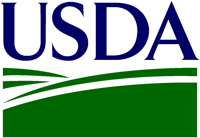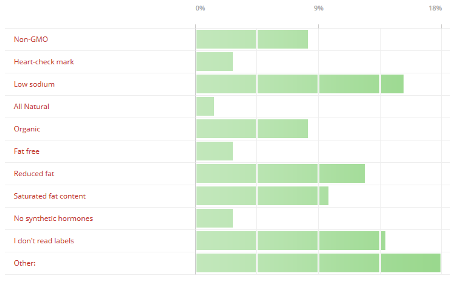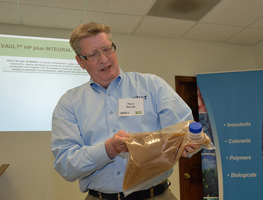 Have you seen Joe Neighbor in town at the local precision ag dealer, asking questions, smiling and nodding his head, followed by a hand-shake … then a month or so later, in the cab of his tractor multi-tasking on different screens while talking on his smart phone? Did you wonder how he knew what questions to ask regarding what was best for his operation and better yet, how he ever got started?
Have you seen Joe Neighbor in town at the local precision ag dealer, asking questions, smiling and nodding his head, followed by a hand-shake … then a month or so later, in the cab of his tractor multi-tasking on different screens while talking on his smart phone? Did you wonder how he knew what questions to ask regarding what was best for his operation and better yet, how he ever got started?
Well, Ag Leader Technology has been in the precision ag field for more than 20 years and would like to address a few of these common adoption hurdles.
Obstacle #1: COST
Up front, precision ag might feel like a large chunk of change. There’s the investment cost of the equipment, the time involved for you to learn how to use the equipment, and the time it will take to see your return on investment.
Time is of the essence, especially during busy planting and harvest seasons. Talk to your Ag Leader dealer today about what’s right for you. They offer the complete package of precision farming tools, allowing you to get started with technology based on your comfort level and your needs.
They also have a leasing program that might be right for you.











